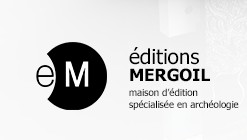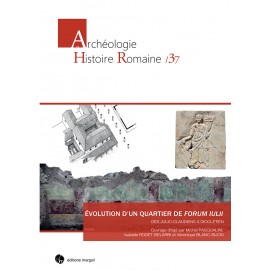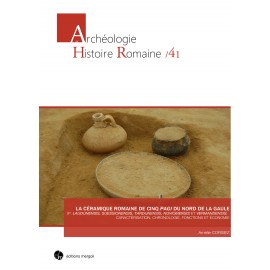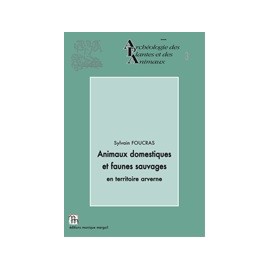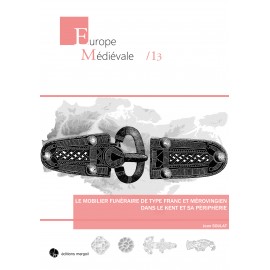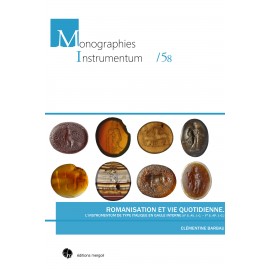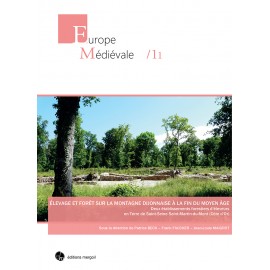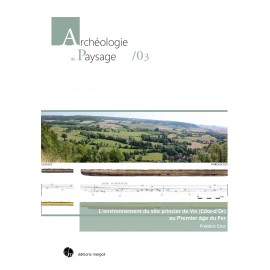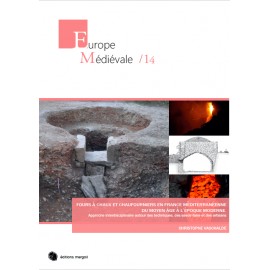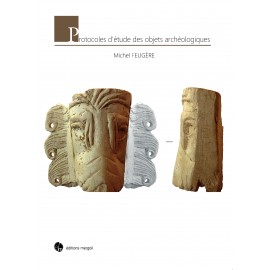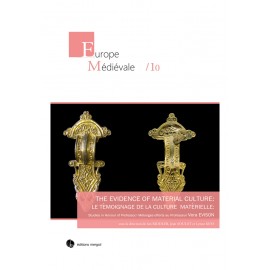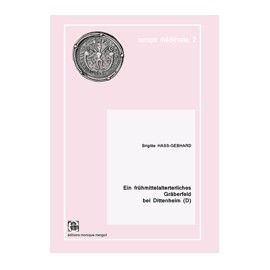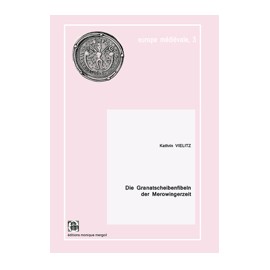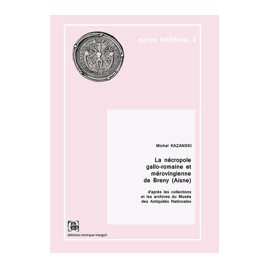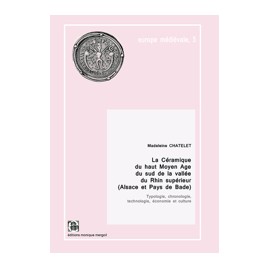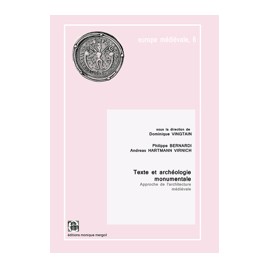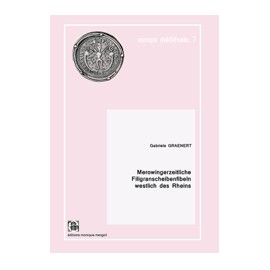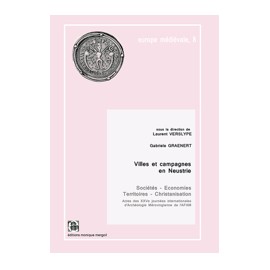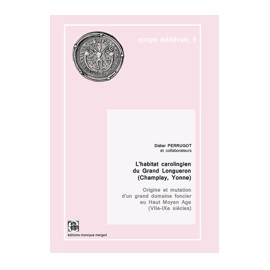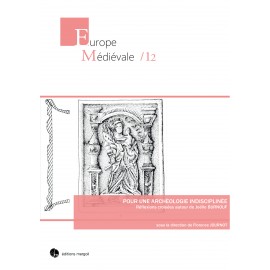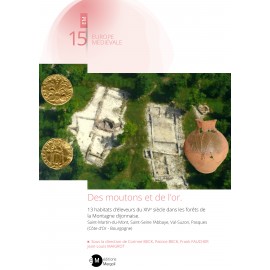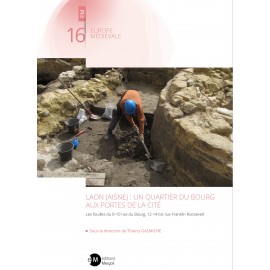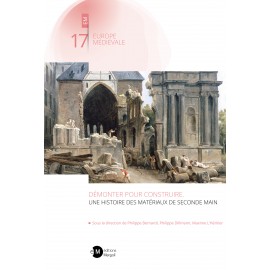No products
Prices are tax included
Product successfully added to your shopping cart
There are 0 items in your cart. There is 1 item in your cart.
Europe Médiévale
- Archéologie et Histoire Romaine
- Archéologie Moderne et Contemporaine
- Archéologie des Plantes et des Animaux
- Archéologie du Paysage
- Archives & Histoire de l'Archéologie
- Europe Médiévale
- Monographies Instrumentum
- Préhistoires
- Protohistoire européenne
- Research Protocols
- Off collections
- Les cahiers de saint-michel de Cuxa
- Second-hand
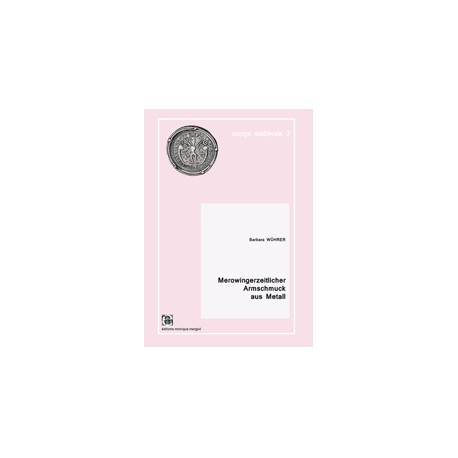 View larger
View larger Merowingerzeitlicher Armschmuck aus Metall.
EM-02
New
Barbara WÜHRER - Merowingerzeitlicher Armschmuck aus Metall,2000, 202 p., 119 fig.(ISBN: 2-907303-29-5)
Arm jewelry from the Merovingian period is characterized by the passing and the continuance of late Roman forms. The latter tendency includes iron bracelets and bracelets with flaring ends; these two types, however, did not reach their great flowering until the early Middle Ages. Bracelets with flaring ends were particularly popular during the Merovingian period: they constitute almost half of the rings which we have from the time. This form also displays a chronological sequence of development from gold to silver to bronze.
This product is no longer in stock
More info
Along with a diversity of forms, seventh-century arm jewelry is characterized by an increasing regionalization which can be demonstrated by the limited geographical distribution of certain forms. With regard to South Germany, various decorative elements allow us to establish differing geographical orientations for certain regions.
The chapter on the dating and distribution of the various forms is followed by investigations on weight, size, and manner of wearing. In these aspects as well, regional and supraregional differences can be ascertained. The chapter on the social standing of women with massive silver bracelets with flaring ends demonstrates that in the sixth century these rings were obviously signs of membership in the nobility.Arm jewelry from the Merovingian period is characterized by the passing and the continuance of late Roman forms. The latter tendency includes iron bracelets and bracelets with flaring ends; these two types, however, did not reach their great flowering until the early Middle Ages. Bracelets with flaring ends were particularly popular during the Merovingian period: they constitute almost half of the rings which we have from the time. This form also displays a chronological sequence of development from gold to silver to bronze.
Along with a diversity of forms, seventh-century arm jewelry is characterized by an increasing regionalization which can be demonstrated by the limited geographical distribution of certain forms. With regard to South Germany, various decorative elements allow us to establish differing geographical orientations for certain regions.
The chapter on the dating and distribution of the various forms is followed by investigations on weight, size, and manner of wearing. In these aspects as well, regional and supraregional differences can be ascertained. The chapter on the social standing of women with massive silver bracelets with flaring ends demonstrates that in the sixth century these rings were obviously signs of membership in the nobility.
